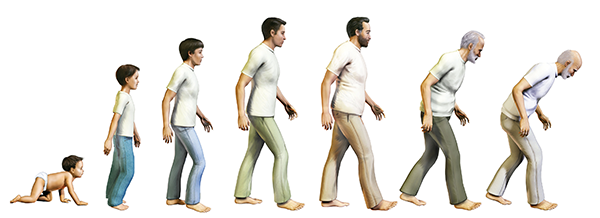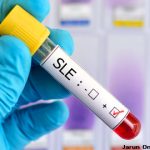Denham Harman, MD, the late emeritus professor of medicine at the University of Nebraska in Lincoln, originally proposed this theory in the mid-1950s. He suggested that free radicals produced during aerobic respiration have deleterious effects on cell components and connective tissues, causing cumulative damage over time that ultimately result in aging and death.5 Dr. Harman initially speculated that free radicals were most likely produced through reactions involving molecular oxygen catalyzed in the cells by the oxidative enzymes and enhanced by trace metals such as iron, cobalt and manganese. Approximately 90% of cellular oxygen is consumed within the mitochondria, mainly in the inner membrane, where oxidative phosphorylation occurs. According to the theory, oxidative stress attacks mitochondria, leading to increased oxidative damage. As a consequence, damaged mitochondria progressively become less efficient, losing their functional integrity and releasing more oxygen molecules, thus increasing oxidative damage to the mitochondria, and culminating in an accumulation of dysfunctional mitochondria with age. It’s as though the mitochondria have begun to rust.
One of the most intriguing compounds to emerge in the field of aging research has been resveratrol, a polyphenol found in grapes, red wine, chocolate and certain berries, which is considered to have antioxidant, anti-inflammatory and anti-cancer effects in humans.6 It has been considered to be responsible for the cardioprotective effects of red wine, better known as the “French paradox,” in which a low incidence of coronary heart disease occurs in the presence of a high dietary intake of cholesterol and saturated fat in France.7

The challenge we face is to age gracefully.
David Gifford / Science Source.com
Rheumatologists may be intrigued to learn that plasma concentrations of C-reactive protein and tumor necrosis factor (TNF) decline by about one-third in healthy subjects who ingested a plant extract containing resveratrol during a six-week study.6 In addition, peripheral blood mononuclear cell messenger RNA expression of interleukin-6 and TNF also decreased in this group.
How might resveratrol work on delaying aging? For the answer, we must refer to our baking and brewing friend, the lowly yeast cell, Saccharomyces cerevisiae, without which our stomachs would be full of flat bread and awful-tasting beer. Previous experiments in diverse organisms have shown that calorie restriction can slow the pace of aging and increase maximum lifespan. Some elegant studies using S. cerevisiae found that resveratrol mimics calorie restriction by stimulating certain selected protein enzymes known as sirtuins, which, when activated, increase the stability of the yeast’s DNA and extend its lifespan by 70%.8 Exciting news, yes. But does it work in humans?
